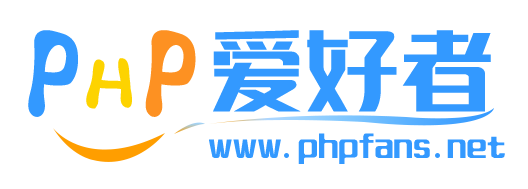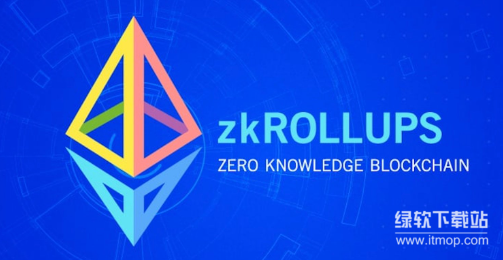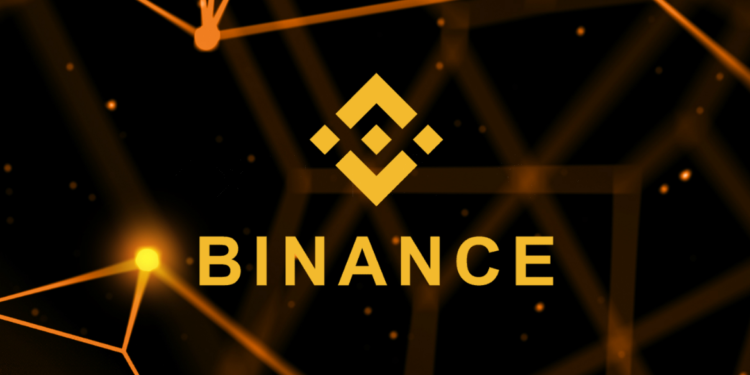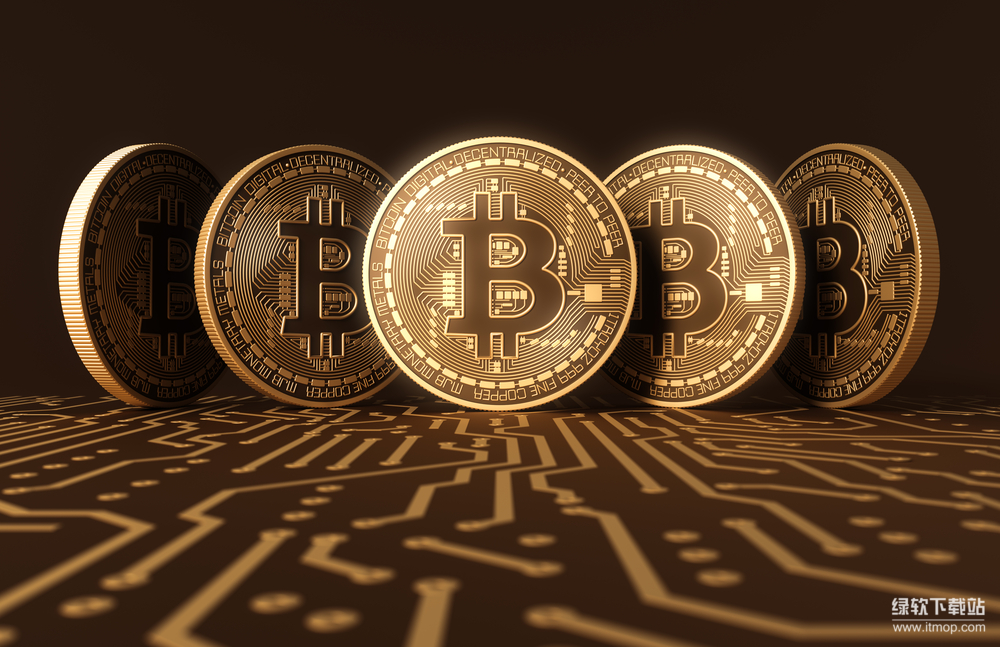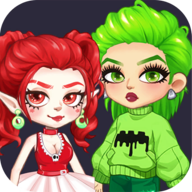Bitcoin Hyper在预售中筹集了1600万美元
Bitcoin Hyper (HYPER) is designed to become the fastest Bitcoin Layer-2 ever created. Combining Solana's (SOL) efficiency with BTC's security, it establishes the ideal framework to finally bring programmability and scalable applications to BTC.
Despite being part of the world's most valuable cryptocurrency, BTC lags significantly in financial infrastructure compared to Ethereum (ETH), which boasts a total value locked (TVL) of $64.6 billion versus Bitcoin's mere $7.39 billion. This gap highlights the immense untapped potential within BitcoinFi.
So far, the project has raised $16 million in its presale within just three months, ranking it among 2025's most successful token launches and demonstrating strong investor confidence in its potential.
During its presale, HYPER is priced at $0.012925 per token, with the rate set to increase in the next seven hours.
BitcoinFi's Q2 Report Shows Rising BTC TVL
Corporate data platform Maestro released the "State of BitcoinFi" report last month, showcasing key statistics on BitcoinFi's rise—essentially DeFi on Bitcoin. The report reveals staking has reached $7.39 billion in TVL.
While significant, this figure still trails far behind Ethereum and is roughly half of Solana's $14.37 billion.

Stablecoins are also gaining traction in Bitcoin's ecosystem, with $860 million already locked. This growth is driven by Avalon's CDP-based USDa, which lets users lock BTC as collateral to mint USDa, as well as Hermetica's synthetic dollar, backed by Bitcoin reserves and risk-hedging strategies.
Another key factor is the rise of programmability, with $5.52 billion (approximately 52,000 BTC) now in environments usable for DeFi, lending, stablecoin issuance, tokenization, and other smart contract applications. Stacks more than doubled its TVL in Q2 2025, adding ~2,000 BTC, while sidechains continue to hold the most BTC.
Meanwhile, rollups and execution layers like zk-rollups and SVM-based architectures are gaining momentum. This trend underscores efforts by institutional players and developers to transform Bitcoin beyond a static reserve asset. However, demand isn’t solely institutional.
Culturally, the rise of BRC-20 tokens proved retail users are equally eager to experiment with Bitcoin’s programmability—even if through less efficient means.
The BRC-20 Problem and How Bitcoin Hyper Solves It

If BRC-20 tokens proved anything, it’s that users demand more from Bitcoin.
Created as a simple inscription standard via Ordinals, BRC-20s were never meant to be a full-fledged financial layer. Yet they exploded in popularity, with daily volumes reaching $128 million (per Maestro’s report), as meme tokens like ORDI and SATS fueled an entirely new market category.
The issue? BRC-20s are more of a workaround than an innovation. Balances rely on off-chain indexers rather than native validation, making ownership ambiguous.

Each transfer operation bloats BTC’s base chain, driving up fees and sparking controversy. Without smart contracts, these tokens remain limited to speculation, unable to support lending, stablecoins, or complex applications.
This reveals the opportunity for BitcoinFi’s next wave. BRC-20s undeniably prove demand for tokens and programmability on BTC—but also expose the limits of building without a scalable foundation.
Hyper exists to provide exactly that foundation. As the fastest Bitcoin Layer-2 ever developed, it merges Solana’s performance with BTC’s security, enabling smart contracts, DeFi, and token ecosystems that can finally operate at scale.
Why Is Bitcoin Hyper a Better Foundation?
Hyper is built around a canonical bridge that lets BTC move directly into its Layer-2 environment. Once transferred, BTC gains full programmability. The model resembles how users mint USDa on Avalon by locking BTC as collateral—but here, the wrapped asset is far more flexible. This design creates a foundation earlier projects failed to achieve.
The canonical bridge is secured by zero-knowledge proofs, tethering transactions back to BTC’s base layer, while scalability comes from Solana Virtual Machine (SVM).

Developers access a Rust-based environment with tools like Anchor, making it easier to build secure, high-performance apps. Users benefit from parallel execution, low fees, and sub-second confirmation speeds—all while knowing their assets remain protected by Bitcoin’s settlement guarantees.
Critically, Bitcoin Hyper is transparent about progress. The team regularly posts updates on X, including current research on its execution layer.
Rather than defaulting to Ethereum Virtual Machine’s serial limitations, Hyper’s work with SVM shows how parallel transaction processing can map onto Bitcoin’s settlement layer without compromising trust.
This open-development ethos starkly contrasts projects like Fractal Bitcoin and SatoshiVM, which promised innovation but failed to deliver secure, robust infrastructure.

The result is an execution environment where modern, parallel apps can thrive—with BTC as the ultimate settlement layer. This blend of speed, security, and developer readiness makes Bitcoin Hyper the most reliable foundation for BitcoinFi’s next phase.
How to Buy Bitcoin Hyper
The HYPER token powers Bitcoin Hyper’s entire ecosystem. It serves as gas for network transactions, a staking asset securing the chain, and a governance token letting holders steer its evolution.
Many market analysts see 100x potential, as every app built on Bitcoin Hyper Layer-2 runs on HYPER.
You can purchase tokens via Bitcoin Hyper’s website while the presale remains active. Payments accept SOL, ETH, USDT, USDC, BNB, or credit card.
We recommend Best Wallet, a leading crypto wallet registered with HYPER as the go-to tool for evaluating Upcoming Tokens. It simplifies buying, tracking, and claiming tokens at launch.
For updates, join the community on Telegram and X.
Buy Bitcoin Hyper
-
 小红书电脑版官网直达入口-小红书网页版在线登录地址 时间:2025-12-28
小红书电脑版官网直达入口-小红书网页版在线登录地址 时间:2025-12-28 -
 撕掉她的衣服游戏最新版本下载-撕掉她的外衣免费版游戏安装包下载 时间:2025-12-28
撕掉她的衣服游戏最新版本下载-撕掉她的外衣免费版游戏安装包下载 时间:2025-12-28 -
 苹果追剧app哪个最好用-免费苹果追剧app推荐下载 时间:2025-12-28
苹果追剧app哪个最好用-免费苹果追剧app推荐下载 时间:2025-12-28 -
 deepseek网页版怎样快速登录-解锁deepseek网页版专属登录通道 时间:2025-12-28
deepseek网页版怎样快速登录-解锁deepseek网页版专属登录通道 时间:2025-12-28 -
 jm18c.mic传送门最新线上地址-jm18c.mic传送门官网入口一键直达 时间:2025-12-28
jm18c.mic传送门最新线上地址-jm18c.mic传送门官网入口一键直达 时间:2025-12-28 -
 鹅厂到底是什么意思?腾讯为啥被称为鹅厂 时间:2025-12-28
鹅厂到底是什么意思?腾讯为啥被称为鹅厂 时间:2025-12-28
今日更新
-
 想知道字音梗是什么梗吗?揭秘网络热梗背后的趣味谐音玩法!
想知道字音梗是什么梗吗?揭秘网络热梗背后的趣味谐音玩法!
阅读:18
-
 蚂蚁新村2025年12月22日答案最新
蚂蚁新村2025年12月22日答案最新
阅读:18
-
 蚂蚁新村小课堂今日答案12月22日 家政服务经理人相较于传统中介 更强调什么
蚂蚁新村小课堂今日答案12月22日 家政服务经理人相较于传统中介 更强调什么
阅读:18
-
 揭秘你专一不是什么梗:真相竟如此简单!快来看看你是不是也误解了
揭秘你专一不是什么梗:真相竟如此简单!快来看看你是不是也误解了
阅读:18
-
 蚂蚁新村今日答案最新2025.12.22
蚂蚁新村今日答案最新2025.12.22
阅读:18
-
 鹅鸭杀steam售价多少-鹅鸭杀steam名称是什么
鹅鸭杀steam售价多少-鹅鸭杀steam名称是什么
阅读:18
-
 家政服务经理人相较于传统中介 更强调什么 蚂蚁新村今日答案2025.12.22
家政服务经理人相较于传统中介 更强调什么 蚂蚁新村今日答案2025.12.22
阅读:18
-
 揭秘你走的梗是什么梗?全网爆火神梗出处真相大起底!
揭秘你走的梗是什么梗?全网爆火神梗出处真相大起底!
阅读:18
-
 你最好是懂这个梗的搞笑达人 不然我可要急眼了
你最好是懂这个梗的搞笑达人 不然我可要急眼了
阅读:18
-
 小鸡答题今天的答案是什么2025年12月23日
小鸡答题今天的答案是什么2025年12月23日
阅读:18
